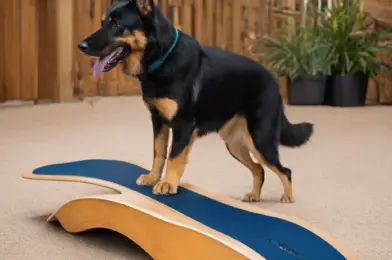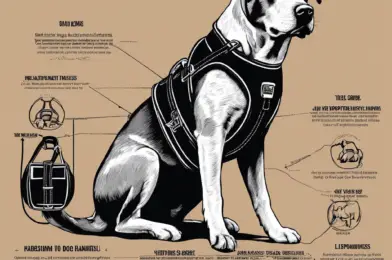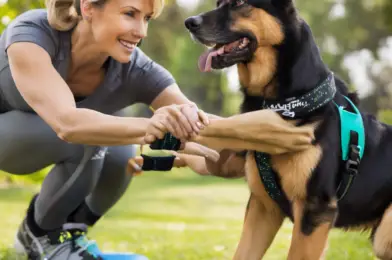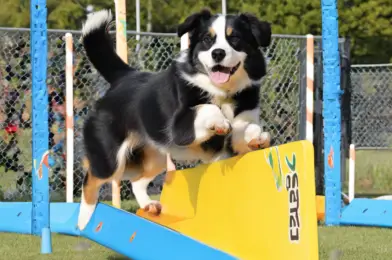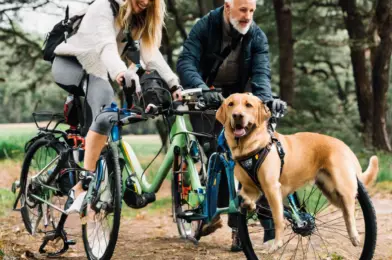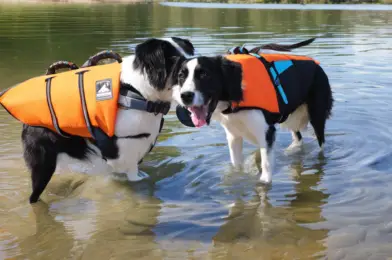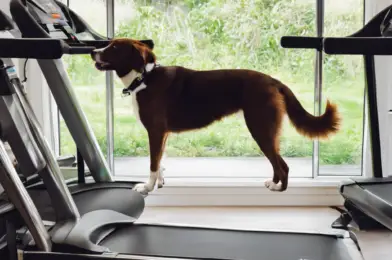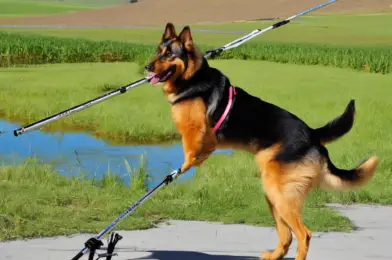Have you ever wondered how to enhance your furry friend’s agility and balance while having some fun? The world of canine fitness offers an innovative approach with balance boards, a unique training tool that promises to engage and challenge dogs in exciting ways. Within this realm, two main types of balance boards emerge: wobble boards and stationary designs. Let us delve into the fascinating differences between these options and explore which might be the best fit for your canine companion.
Wobble boards, as the name suggests, introduce an element of instability and motion. These boards are designed with a curved base, allowing them to rock back and forth and side to side. This dynamic movement challenges the dog’s balance and engages various muscle groups, enhancing core strength and stability. Imagine your dog standing on a wobble board, their body adjusting to maintain equilibrium as the board shifts beneath them. This stimulation not only improves physical strength but also sharpens mental focus and coordination. Wobble boards are excellent for advanced balance training and are particularly beneficial for dogs participating in agility sports or those needing extra mental stimulation.
On the other hand, stationary balance boards provide a more stable and consistent surface. These boards typically feature a flat or slightly curved base, offering a more controlled and predictable challenge for your dog. While they lack the dynamic movement of wobble boards, they are ideal for beginners or dogs new to balance training. Stationary boards provide a sense of security and stability while still targeting essential muscle groups and improving balance. They are a great starting point for dogs building their confidence and strength before advancing to wobble boards.
The choice between these designs should consider your dog’s individual needs and fitness level. For active, agile dogs, a wobble board can be a stimulating and challenging addition to their training regimen. It adds complexity to their exercises, encouraging concentration and physical prowess. However, for dogs starting in balance training or those needing a more secure footing, a stationary board is a wise choice, ensuring they build confidence and stability without the added challenge of a wobbling surface.
The benefits of balance board training extend beyond just physical advantages. This training method can also help prevent injuries by strengthening muscles and improving joint stability. It contributes to mental well-being, keeping dogs engaged and mentally sharp, which is particularly important for older dogs or those recovering from injuries.
Incorporating balance boards into your dog’s fitness routine can be a delightful and rewarding experience. It adds variety to their workouts, making training sessions more engaging and enjoyable. Whether you opt for the dynamic wobble board or the steady stationary design, both offer unique advantages, catering to different dog personalities and fitness levels. So, which one will your pooch prefer? The decision ultimately lies in understanding your dog’s unique needs and ensuring their safety and enjoyment throughout the training process.

